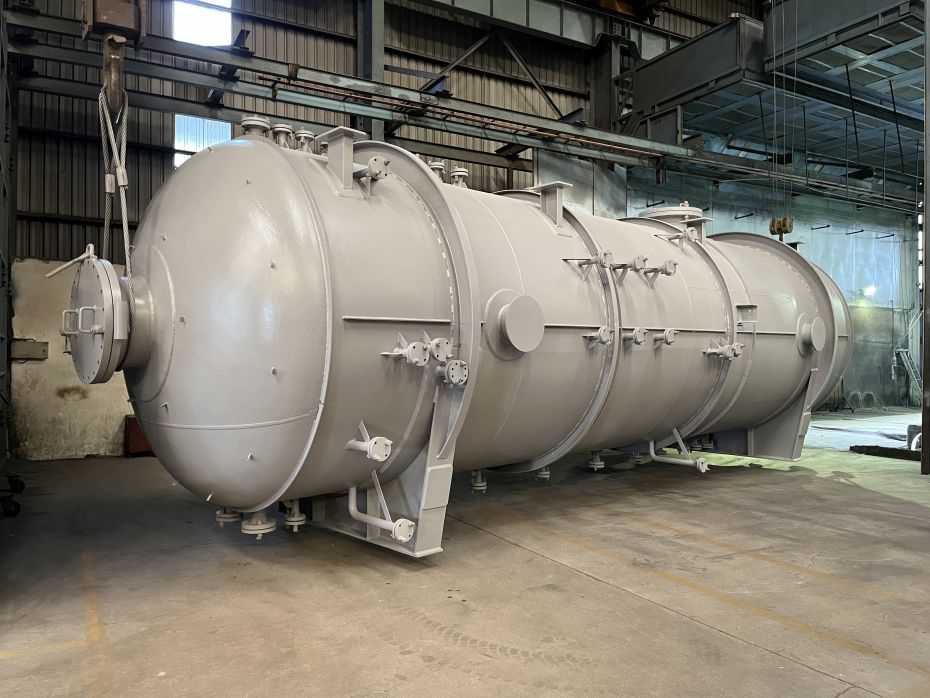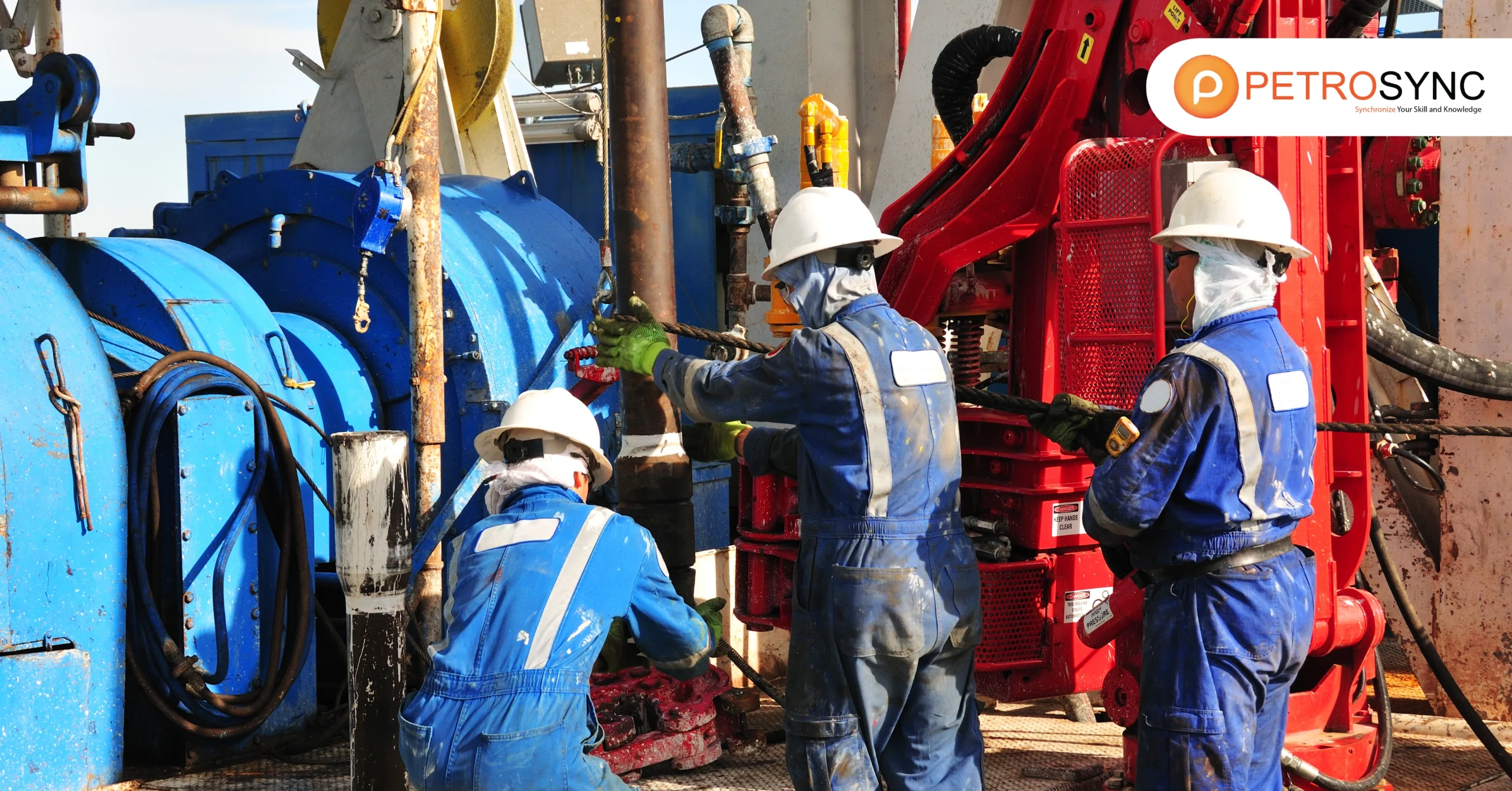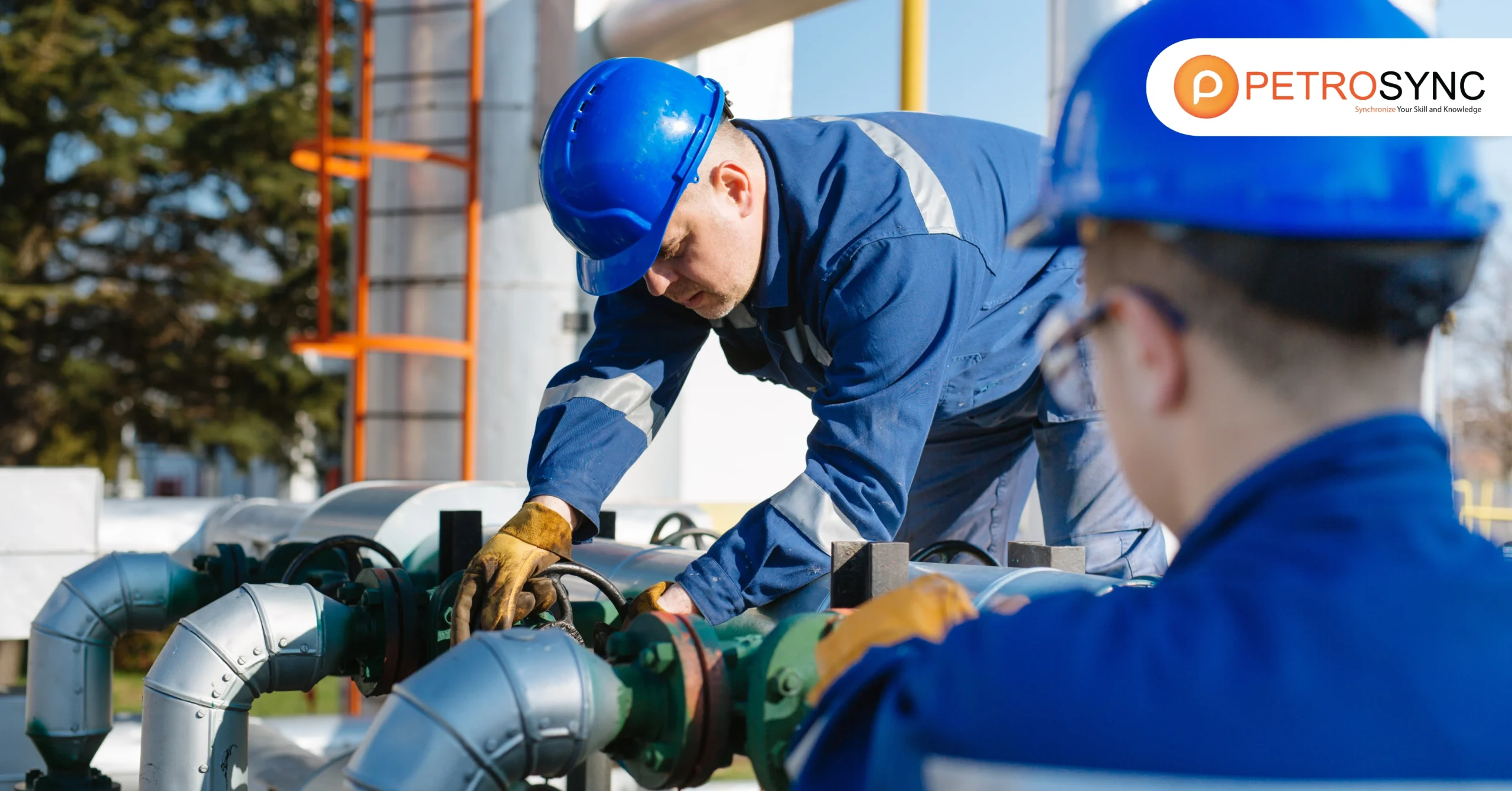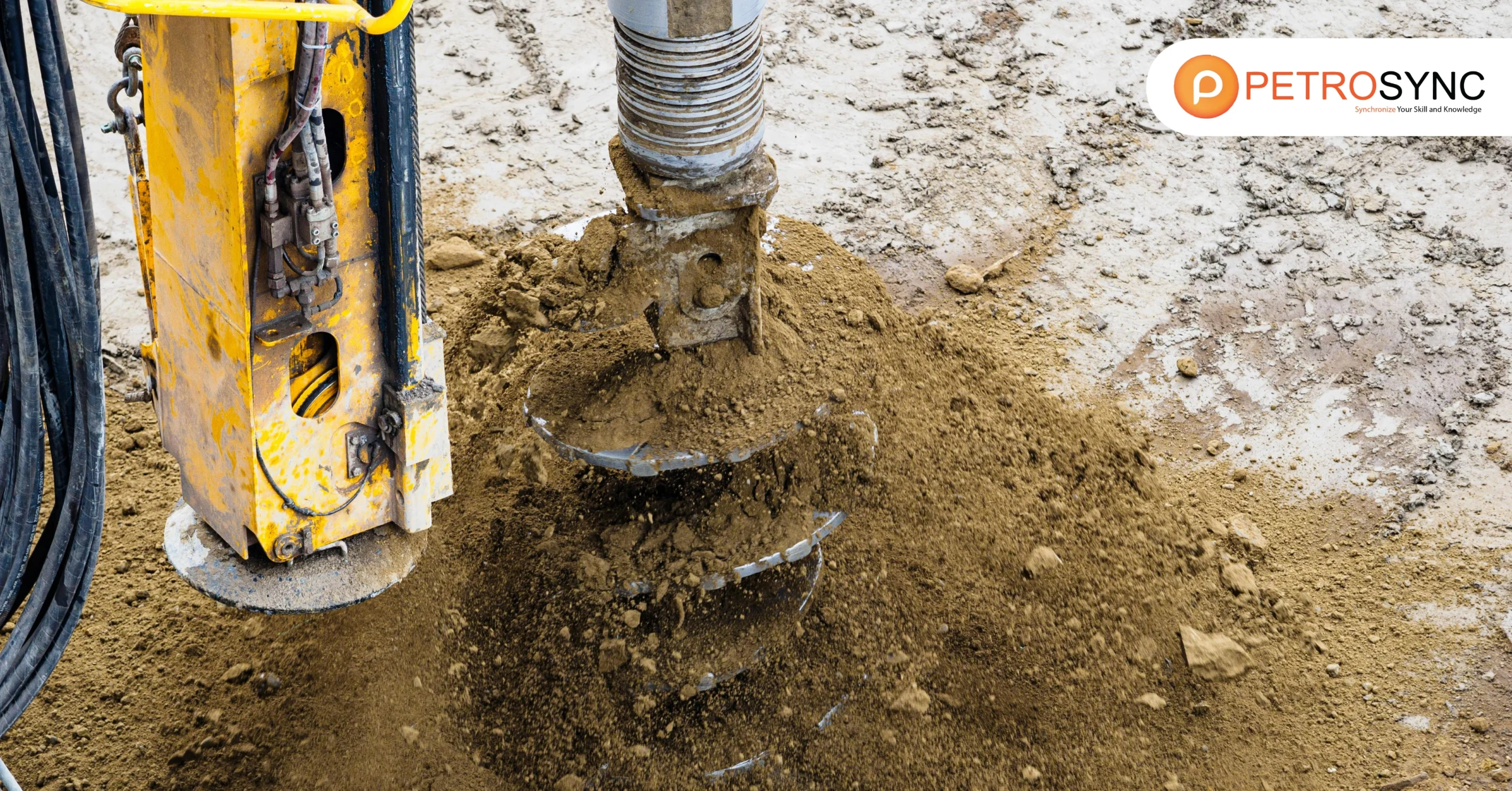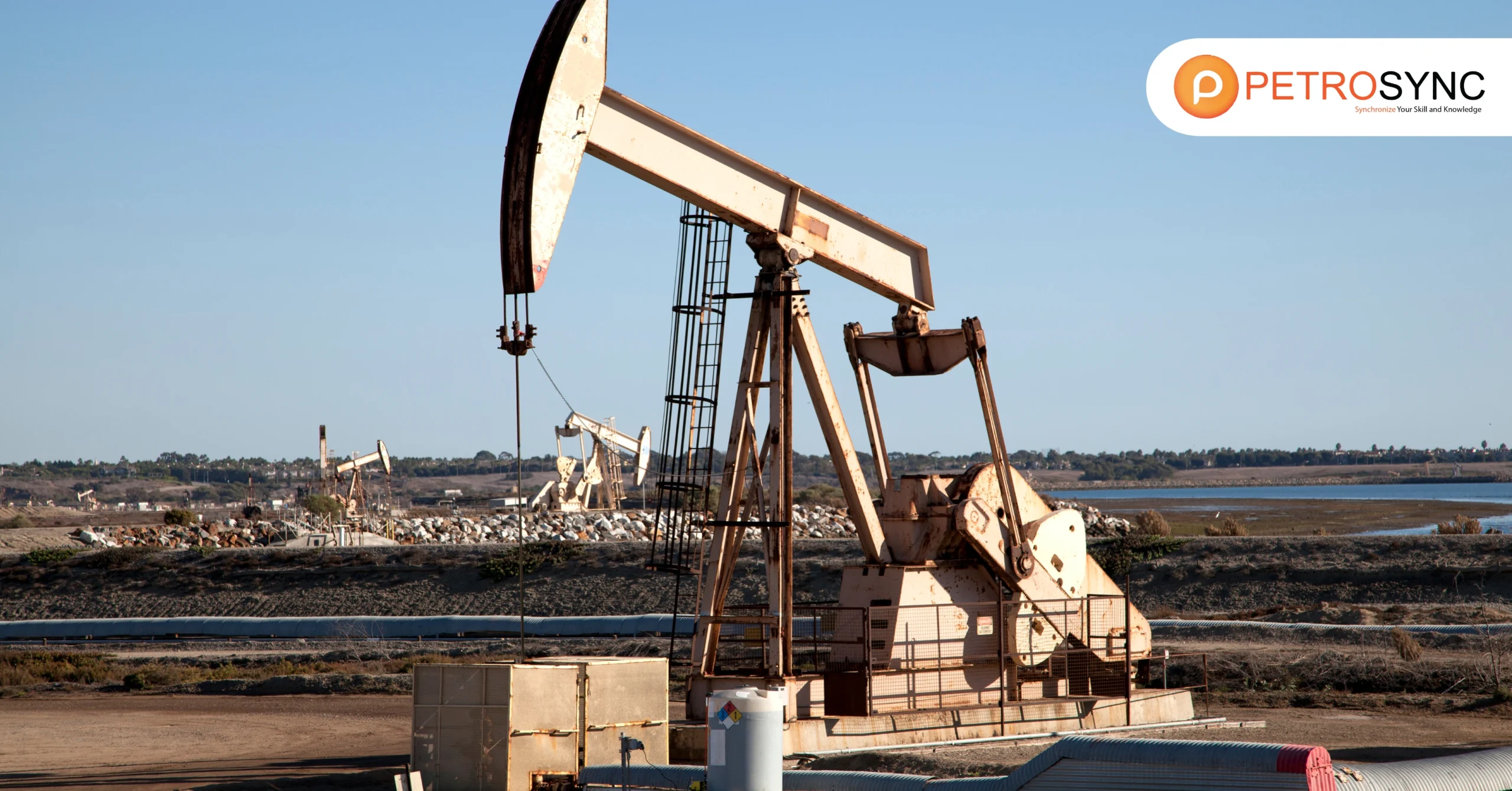Explore the detailed sections and divisions of the ASME BPVC (Boiler and Pressure Vessel Code), understanding how the code is structured and its impact on designing, building, and inspecting pressure vessels and boilers. Read on for a detailed understanding of the code’s significance in ensuring the safety, integrity, and compliance of these critical components.
What Is ASME Boiler and Pressure Vessel Code (BPVC)?
The ASME Boiler and Pressure Vessel Code (BPVC) is a set of standards developed by the ASME to ensure the safe design, construction, and inspection of boilers and pressure vessels. Think of it as a comprehensive rulebook that guides engineers and manufacturers in the proper fabrication and maintenance of these critical pieces of industrial equipment.
This code establishes uniform requirements, covering materials, design, fabrication, inspection, testing, and certification. Its primary goal is to enhance safety by setting clear guidelines for the construction and operation of boilers and pressure vessels, which are widely used in various industries.
In essence, the ASME BPVC acts as a safeguard, ensuring that these crucial components meet stringent quality and safety standards. Engineers, manufacturers, and inspectors rely on this code to guarantee the reliability and integrity of boilers and pressure vessels, contributing to the overall safety of industrial processes.
How Is The List of Sections in ASME BPVC Code?
Certainly! Here’s the structure of the 2021 Edition of the BPV Code presented in a table for easier readability:
|
Section |
Description |
| ASME BPVC Section I | Rules for Construction of Power Boilers |
| ASME BPVC Section II | Materials |
| Part A Ferrous Material Specifications | |
| Part B Nonferrous Material Specifications | |
| Part C Specifications for Welding Rods, Electrodes, and Filler Metals | |
| Part D Properties (Customary) | |
| Properties (Metric) | |
| ASME BPVC Section III | Rules for Construction of Nuclear Facility Components |
| Subsection NCA General Requirements for Division 1 and Division 2 | |
| Appendices | |
| Division 1 | |
| Subsection NB Class 1 Components | |
| Subsection NCD Class 2 and Class 3 Components | |
| Subsection NE Class MC Components | |
| Subsection NF Supports | |
| Subsection NG Core Support Structures | |
| Division 2 Code for Concrete Containments | |
| Division 3 Containment Systems & Transport Packagings for Spent Nuclear Fuel & High-Level Radioactive Waste | |
| Division 5 High-Temperature Reactors | |
| ASME BPVC Section IV | Rules for Construction of Heating Boilers |
| ASME BPVC Section V | Nondestructive Examination |
| ASME BPVC Section VI | Recommended Rules for the Care and Operation of Heating Boilers |
| ASME BPVC Section VII | Recommended Guidelines for the Care of Power Boilers |
| ASME BPVC Section VIII | Rules for Construction of Pressure Vessels |
| Division 1 Rules for Construction of Pressure Vessels | |
| Division 2 Alternative Rules | |
| Division 3 Alternative Rules for Construction of High-Pressure Vessels | |
| ASME BPVC Section IX | Qualification Standard for Welding, Brazing, and Fusing Procedures; Welders; Brazers; and Welding, Brazing, and Fusing Operators |
| ASME BPVC Section X | Fiber-Reinforced Plastic Pressure Vessels |
| ASME BPVC Section XI | Rules for Inservice Inspection of Nuclear Power Plant Components |
| Division 1 Rules for Inspection and Testing of Components of Light-Water-Cooled Plants | |
| Division 2 Requirements for Reliability and Integrity Management (RIM) Programs for Nuclear Power Plants | |
| ASME BPVC Section XII | Rules for the Construction and Continued Service of Transport Tanks |
| ASME BPVC Section XIII | Rules for Overpressure Protection |
| ASME BPVC Code Cases | Boilers and Pressure Vessels |
What Is The ASME U and R Stamp?
There are specific certifications known as R, U, and S Pressure Stamps that authorize individuals to repair and construct pressure vessels, piping systems, and tanks. These certifications include:
- R-Stamp: This certifies individuals to repair pressure vessels, boilers, and other pressure-retaining items.
- U-Stamp: This certification is for fabricating pressure vessels and tanks.
- S-Stamp: This indicates certification for fabricating piping systems.
Below are the more detailed explanations for each stamp of ASME.
1. ASME R Stamp: Repairs
The “R” stamp signifies that a company or individual is authorized by the ASME to perform repairs on pressure vessels. This certification ensures that repairs comply with the ASME Boiler and Pressure Vessel Code.
2. ASME U Stamp: Manufacture of Pressure Vessels
The “U” stamp is granted to manufacturers that meet ASME’s stringent standards for the design and fabrication of pressure vessels. Firms with the “U” stamp have demonstrated their ability to produce vessels that adhere to the ASME Boiler and Pressure Vessel Code.
3. ASME S Stamp: Power Boilers
The “S” stamp is specific to the fabrication of power boilers. Manufacturers with the “S” stamp have been authorized by the ASME to design and build power boilers by the ASME Boiler and Pressure Vessel Code. This certification is crucial for ensuring the reliability and safety of power boiler construction.
What Is ASME Section VIII?
ASME Section VIII is a crucial part of the ASME Boiler and Pressure Vessel Code (BPVC). This section outlines the mandatory guidelines and standards for the design, construction, inspection, and testing of pressure vessels. These vessels are containers that hold gases or liquids at different pressures.
1. ASME Section VIII Division 1
Division 1 encompasses essential regulations, specific restrictions, and optional guidance governing materials, design, construction, inspection, testing, markings, reports, overpressure protection, and certification of pressure vessels. These vessels are those subjected to internal or external pressures exceeding 15 psi (100 kPa). It is important to note that these pressure vessels can be either fired or unfired.
The pressure within these vessels may result from external sources, heating applications from direct or indirect sources, or a combination of these factors. Unlike traditional numbering methods like Part 1 or Part 2, Division 1 is organized into Subsections and Parts, using a structure involving letters followed by numbers for clear categorization and reference.
2. ASME Section VIII Division 2
This section deals with essential rules, specific restrictions, and optional guidance regarding materials, design, fabrication, inspection and testing, markings and reports, overpressure protection, and certification of pressure vessels. These vessels experience internal or external pressure ranging from more than 3000 psi (20700 kPa) but less than 10,000 psi.
These pressure vessels can be either fired or unfired, and the pressure they endure may result from external sources or heating applications from direct or indirect sources due to a process, or a combination of both.
The regulations outlined in this division offer an alternative to the minimum requirements specified in Division 1. Generally, the rules in Division 2 are more rigorous than those in Division 1, particularly concerning materials, design, and nondestructive examinations.
However, Division 2 allows for higher design stress intensity values. Additionally, Division 2 incorporates provisions for using finite element analysis to determine expected stress in pressure equipment, in addition to the conventional approach of design by formula (Part 5: “Design by Analysis requirements”).
3. ASME Section VIII Division 3
This section addresses the essential rules, specific restrictions, and optional guidance concerning materials, design, fabrication, inspection and testing, markings and reports, overpressure protection, and certification of pressure vessels. These vessels are subject to internal or external pressure exceeding 10,000 psi (70,000 kPa).
These pressure vessels can be either fired or unfired. The pressure within them may result from external sources, heating applications from indirect or direct sources, process reactions, or any combination of these factors.
Demonstrating the crucial role of the ASME Boiler and Pressure Vessel Code, PetroSync realizes how the knowledge gaps can be concerning for professionals like you. We offer specialized training in both ASME Section I and ASME Section VIII, ensuring you can gain the necessary knowledge and skills to navigate the complexities of boiler and pressure vessel regulations.
By focusing on practical applications and theoretical insights, we believe our ASME Section I training and ASME Section VIII Div. 1 and 2 training will play a vital role in preparing you as an industry practitioner to uphold and elevate the standards outlined in Section I and Section VIII.
Credit header image: teknoflow

SEO specialist by day, fact-checker by night. An avid reader and content writer dedicated to delivering accurate and engaging articles through research and credible sources.

